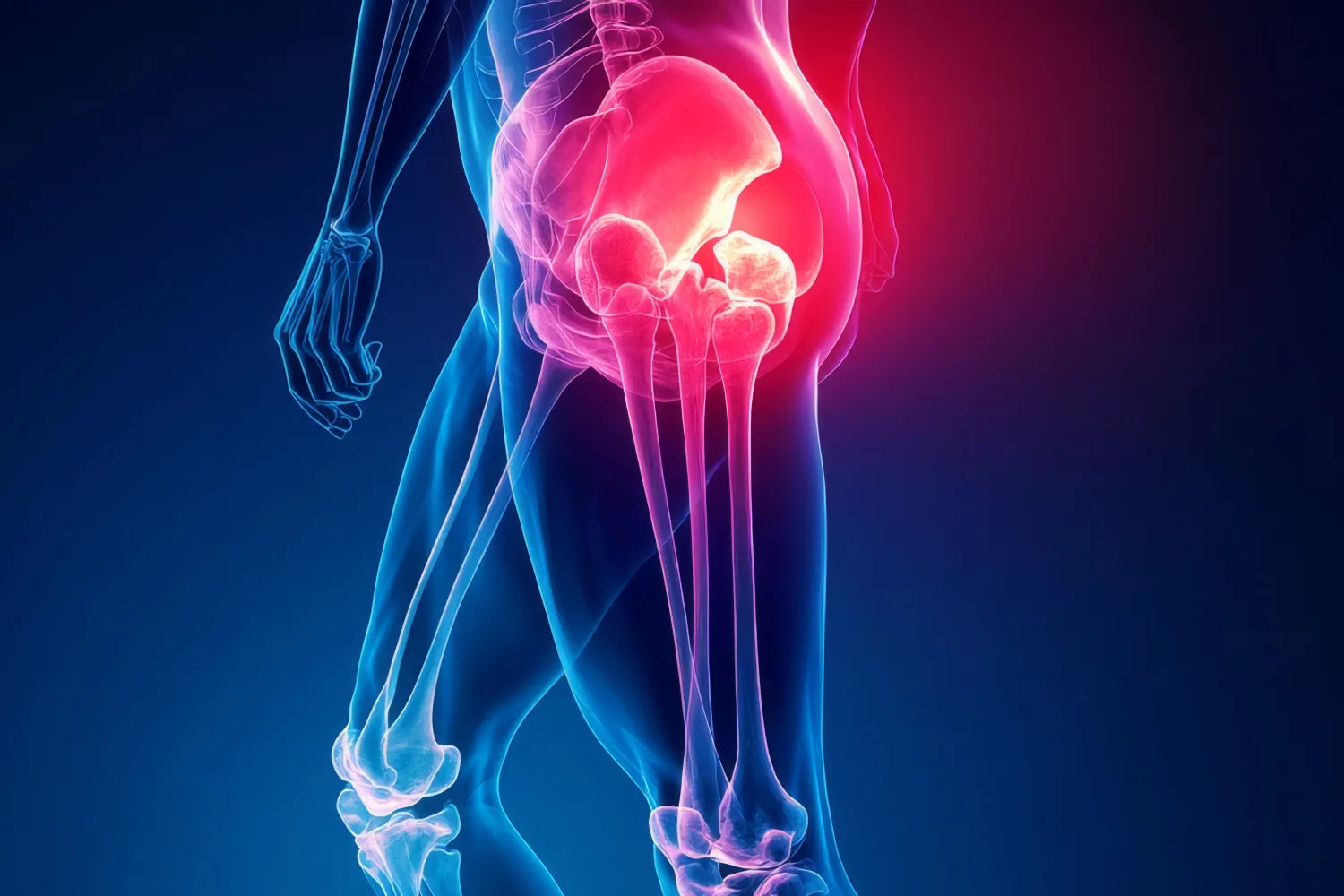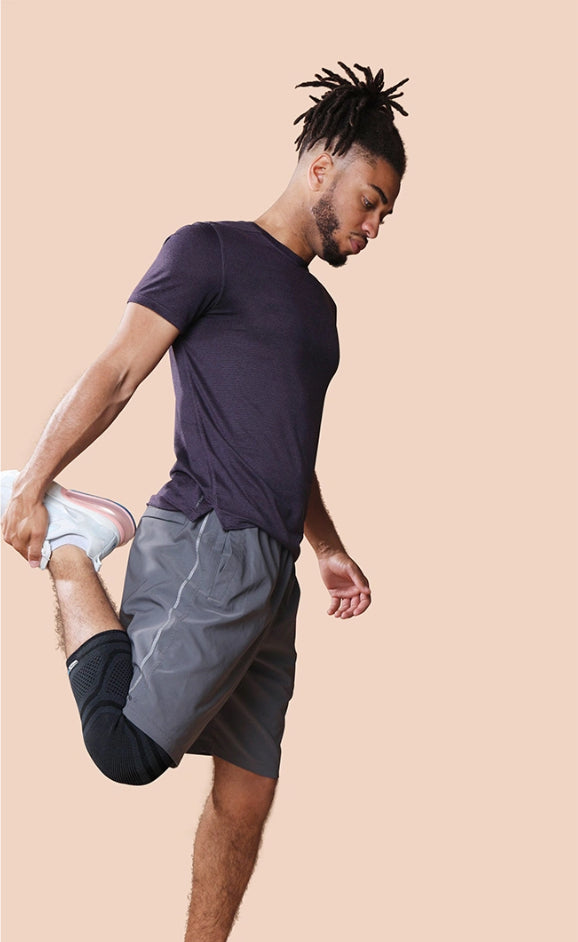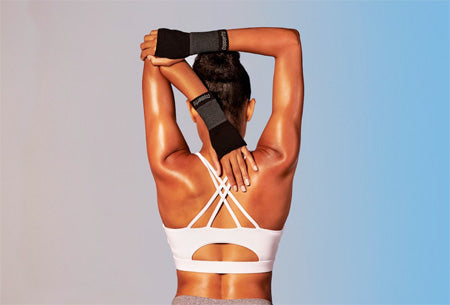
Hip flexor discomfort can disrupt your ability to move comfortably and engage in daily activities. Whether you’re dealing with discomfort from overuse, poor posture, or a sudden injury, understanding the cause and location of your pain is the first step to recovery. The hip flexor muscles are essential for many movements, and when they’re strained or tight, they can affect not only your hips but also your lower back and upper legs. This guide explores where hip flexor pain is felt, common causes, symptoms, and practical strategies for treatment and prevention.
What Is the Anatomy of the Hip Flexor?
The hip flexor is a group of muscles that play a vital role in movement and stability. These muscles connect the lower spine, pelvis, and upper leg, helping lift your knee, bend at the waist, and stabilize the pelvis during physical activity. Understanding their anatomy is key to identifying the causes and sensations of hip flexor pain.
The primary muscles in the hip flexor group include the iliopsoas muscle—which is made up of the psoas major and the iliacus—as well as the rectus femoris and sartorius. The iliopsoas muscle is one of the strongest flexors, allowing for dynamic movement like climbing stairs or sprinting. The rectus femoris, part of the quadriceps, crosses the hip joint and assists with both hip flexion and knee extension. The sartorius, the longest muscle in the body, contributes to hip and knee movement as well. Together, these muscles work in harmony to support motion in the front of the hip and upper leg.
Where Is Hip Flexor Pain Felt?
Hip flexor pain is typically localized to the front of the hip and the lower abdomen, though it can sometimes extend to the lower back or upper thigh. Discomfort in this area may feel sharp during sudden movements or dull and persistent after extended activity. Tightness or cramping in the affected area is also common, especially following physical activity like lunges, sprinting, or climbing stairs. Muscle spasms and limited range of motion can make even simple movements feel challenging.
Pain is often described as originating from the iliopsoas muscle, located deep in the pelvis and attaching to the femur. Discomfort may also stem from the rectus femoris, particularly during activities that require repetitive bending or sudden shifts in motion. These sensations provide clues about the underlying issues, helping identify whether the pain is due to overuse, poor posture, or a more significant injury like a hip flexor strain.
What Can Cause Hip Flexor Pain?
The causes of hip flexor pain vary widely, ranging from temporary overuse to more serious underlying conditions.
Strain and Overuse
One of the most common reasons is hip flexor strain, which occurs when muscle fibers are overstretched or torn. This can happen during sudden movements, such as sprinting, or from repetitive actions like cycling or climbing stairs. Overuse injuries can lead to chronic tightness and discomfort, often affecting the iliopsoas muscle or rectus femoris.
Poor Posture
Poor posture is another significant factor. Sitting for long periods can tighten the hip flexor muscles, leading to discomfort when standing or moving. Over time, this can contribute to imbalances in the hip joint, causing strain on the surrounding muscles and ligaments.
Similarly, improper form during physical activity, such as lunges or weightlifting, can place excessive stress on the hip flexors, leading to muscle strain or even minor tears.
Underlying Conditions
Underlying conditions like bursitis, impingement, or osteoarthritis can also contribute to hip flexor pain. These issues often result in inflammation around the hip joint, causing sharp pain, cramping, or stiffness.
Individuals experiencing persistent pain or symptoms that limit daily movement should consider consulting a healthcare provider, as these conditions may require a targeted treatment approach.
Symptoms To Look For
The severity of hip flexor pain can range from mild discomfort to debilitating pain, depending on the cause.
In mild cases, you might notice tightness or tenderness in the front of the hip, especially after physical activity. Cramping, stiffness, and muscle spasms are also common, particularly if the iliopsoas or rectus femoris muscles are involved.
More severe symptoms may include sharp pain during movement, significant swelling, or difficulty performing basic actions like walking or bending. Muscle strain or tears can lead to noticeable weakness in the affected area, reducing your ability to move freely. If the pain extends to the lower back or upper leg, it could indicate that the issue involves multiple muscles or structures, such as the hip joint or quadriceps.
Limited range of motion is another key symptom to watch for. Difficulty lifting the knee, extending the leg, or bending at the waist can signal underlying issues with the hip flexors.
These symptoms often appear alongside localized tenderness, making it essential to assess the affected area carefully. Recognizing these signs early can help prevent further injury and allow for appropriate intervention, whether through home treatments or professional care.
By understanding the anatomy of the hip flexor, where pain is felt, and its potential causes, you can better address symptoms and take steps toward recovery. Identifying these factors is the first step in maintaining mobility and avoiding future injury.
How Is Hip Flexor Pain Diagnosed?
Determining the source of hip flexor pain often starts with a visit to a healthcare provider. A physical therapist will typically perform an assessment, with a review of your medical history, a physical exam, and potentially imaging tests. This process helps pinpoint if the pain is caused by a muscle strain, an underlying condition like bursitis, or another factor affecting the hip joint.
Healthcare providers may also evaluate your range of motion and identify muscle imbalances or weaknesses contributing to discomfort. Early diagnosis is critical for tailoring treatment strategies and preventing complications. Identifying the precise muscles involved, such as the iliopsoas or rectus femoris, allows for more effective therapy.
How Do I Relieve Hip Flexor Discomfort?
Effective treatment often depends on the severity of the pain and its underlying cause.
Home Treatments
For minor discomfort, home treatments can help manage symptoms. Applying an ice pack to the affected area can help reduce swelling, while over-the-counter options like ibuprofen, naproxen, or acetaminophen provide anti-inflammatory support. Resting the hip flexor muscles and avoiding activities that exacerbate discomfort is also essential for recovery.
Compression Gear
Compression gear, such as sleeves or wraps, can also play a role in recovery. These products support healthy blood flow, reduce tension, and promote muscle relaxation, making them a valuable addition to your treatment plan. By stabilizing the affected area, compression gear can help ease soreness and encourage recovery.
Stretching and Strengthening
Stretching exercises, like a targeted hip flexor stretch, can improve flexibility and ease tightness. Incorporating strength training exercises under the guidance of a physical therapist may also prevent future injuries.
Physical Therapy
Physical therapy is often recommended for more significant injuries to strengthen the hip flexor muscles and restore mobility. Therapists may use specific techniques to release tension in the iliopsoas or other hip flexor muscles while also teaching proper movement patterns. These interventions can help resolve underlying issues and improve your range of motion over time.
Tips for Preventing Hip Flexor Pain
Prevention begins with proper warm-up routines before physical activity. Dynamic stretches that target the iliopsoas, rectus femoris, and other hip flexor muscles can prepare your body for movement and reduce the risk of muscle strain. Incorporating hip flexor stretches into your daily routine can also alleviate tightness caused by prolonged sitting or poor posture.
Compression gear is another preventive tool, providing gentle support during activities like running or climbing stairs. These products can help soothe soreness and protect the hip joint during repetitive movements, especially in individuals prone to overuse injuries.
Regular strengthening exercises for the hip flexor group and surrounding muscles also improve stability and balance, lowering the likelihood of future injuries. And maintaining proper posture throughout the day is equally important.
Poor posture places unnecessary stress on the hip flexor muscles, leading to imbalances and discomfort over time. Using ergonomic seating and taking frequent breaks to stretch during long periods of sitting can help keep your hips healthy.
Paying attention to your body and avoiding overuse are critical for prevention. Rest days, combined with consistent stretching and strengthening, create a balanced approach to physical activity that protects the hip flexors. Listening to early warning signs like tightness or mild soreness can help you adjust your routine before more serious issues arise.
The Bottom Line
At Copper Fit, we’re dedicated to helping you stay comfortable and active. Compression gear designed to support healthy blood flow and soothe tension can be a key part of managing hip flexor discomfort.
Whether you’re recovering from an injury or aiming to prevent soreness, we’re here to keep you moving with confidence. We understand how frustrating it can be when discomfort holds you back from enjoying your daily activities or staying active.
That’s why our gear is thoughtfully designed to provide the support you need to stay mobile and feel your best. From managing soreness to preventing future injury, our compression products are made to meet your recovery and wellness goals.
Together, we can help you stay on track, so you can keep doing the things you love without hesitation.
Sources:
Hip Flexor Strain: Symptoms, Treatment & Recovery | Cleveland Clinic
What Is an Overuse Injury? | HSS
Posture | Better Health Channel





